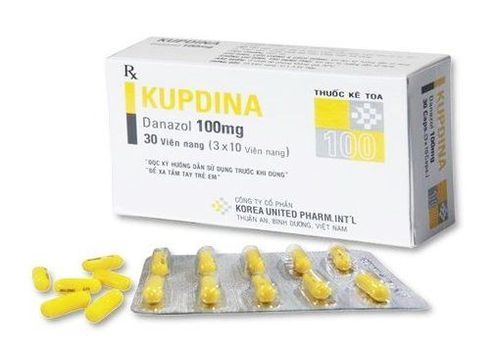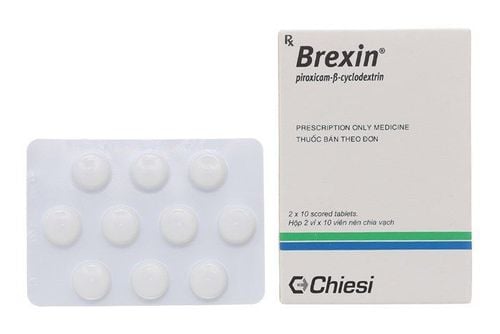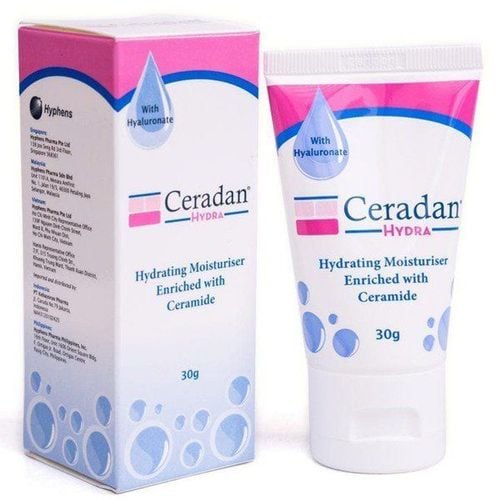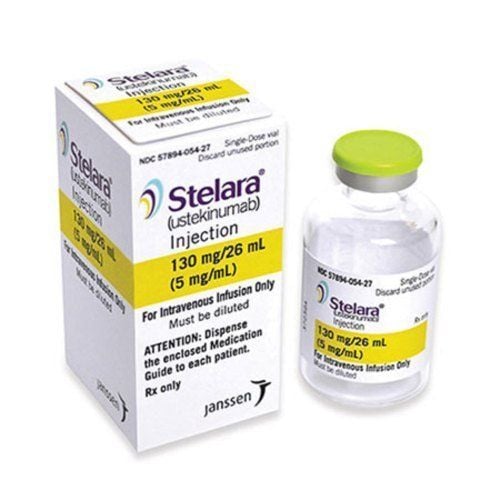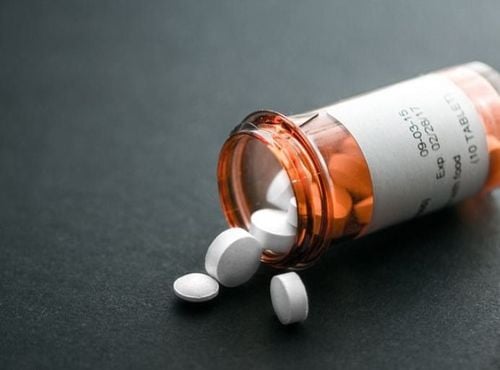This is an automatically translated article.
Kafencort belongs to the group of hormones, hormones, used in cases of musculoskeletal diseases. Refer to how to use Kafencort through the article below to better understand the use of the drug.
1. What is Kafencort?
Kafencort drug is prepared in the form of a suspension for injection, with the main ingredient being Triamcinolone acetonide 80mg. Triamcinolone is a synthetic Glucocorticoid containing Fluor, has anti-inflammatory effects, inhibits the release of inflammatory mediators, immunosuppressive, anti-allergic in the body. The drug has almost no effect like other mineral-regulating corticosteroids, so it is not used alone to treat adrenal insufficiency.
Triamcinolone also causes salt and water retention but the effect is weak. In high doses and systemic administration, Triamcinolone inhibits the secretion of adrenocorticotropic hormone (ACTH) causing secondary adrenocortical insufficiency (adrenal cortex stops secreting corticosteroids).
2. What are the effects of Kafencort?
Kafencort drug is used in the following cases:
Osteoarthritis, rheumatoid arthritis, psoriatic arthritis, rheumatoid spondylitis, bursitis, condylar epicondylitis. Generalized atopic dermatitis, Steven Johnson syndrome, Pemphigus, severe psoriasis, angioedema, keloids, lichen planus. Hamman-Rich syndrome. Support the treatment of inflammatory reactions after surgery. Do not use Kafencort in the following cases:
Hypersensitivity to Triamcinolone or any of its ingredients. Systemic fungal infections, tuberculosis or viral infections. Immune thrombocytopenic purpura (when administered intramuscularly).
3. Dosage and how to use Kafencort
Systemic administration: The dose depends on the condition of the disease, inject 1 ampoule deep intramuscularly into the gluteal muscle, can be repeated after 1 - 5 weeks. Local use: Avoid injection into the site of infection, can be injected into the synovial space, tendon sheath, affected area or cyst, dose 20mg for small lesions, 40-80mg if large lesions. It should not be administered intravenously or intradermally.
4. Side effects of the drug Kafencort
When using Kafencort, patients may experience some of the following undesirable effects:
Local reactions: Skin redness, skin atrophy after injection, bone necrosis, tendon perforation. Systemic reactions: Hypersensitivity, facial flushing, edema, increased blood pressure, increased risk of diabetes, peptic ulcer disease, slow wound healing, easy infection. If the patient experiences any serious side effects, stop taking Kafencort and contact the treating doctor or go to the nearest medical facility for timely treatment.
5. Interactions with Kafencort
When using Kafencort in combination, it may interact with some of the following drugs:
Barbiturates, Phenytoin, Rifampicin, Carbamazepine increase clearance of corticosteroids, reducing the effectiveness of treatment. Kafencort reduces the effects of hypoglycemic, antihypertensive and diuretic agents. Increase the hypokalemic effect of thiazide diuretics, acetazolamide, carbenoxolone when used in combination. Concomitant use with coumarin anticoagulants increases the effect of anticoagulants, increasing the risk of bleeding. Therefore, it is necessary to monitor prothrombin time to avoid spontaneous bleeding complications when taking the drug.
6. Notes and cautions when using Kafencort
When using Kafencort, it is necessary to be cautious of the following issues:
Be careful with people with peptic ulcer disease, hypertension, diabetes, congestive heart failure, thrombophlebitis, at risk of occlusion. vascular disease, impaired renal function, convulsions, hypothyroidism, infections resistant to antibiotics. The drug should not be used by pregnant and lactating women, only when carefully weighing the benefits and risks under the guidance of a specialist. In addition to the above information, if you have any questions about Kafencort, you can contact your doctor for advice and answers. This is a prescription drug prescribed by a doctor, patients absolutely do not buy Kafencort for home treatment because they may experience side effects or interact with other drugs that are life-threatening.




